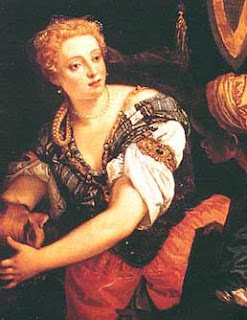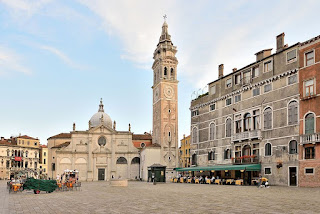Naval officer who painted battle scenes was a favourite of British royal family
 |
| Edoardo De Martino, photographed at work in around 1906 |
At the height of his success, De Martino worked in London, where his paintings of ships and famous British naval victories were held in high regard by Queen Victoria.
He went on to work as a painter for Queen Victoria’s son, King Edward VII, and he often accompanied the King on naval tours.
De Martino was born in the small town of Meta, to the northeast of Sorrento, which had a long history of boat building. He served as an officer in the Italian Navy but by the time he was 30 his main interest was painting.
He became associated with the School of Resina, a group of artists who painted landscapes and contemporary scenes that gathered in Resina, a seaside resort south of Naples, now incorporated into the towns of Herculaneum and Portici. Influenced by his fellow artists, De Martino eventually went to live and work in Naples.
He found fame after moving to London, where he painted scenes from the battles of Trafalgar, the Nile and Cape San Vincenzo.
 |
| A naval scene, thought to be depicting a battle in 1826, painted by De Martino in 1888 |
From 1905 onwards, De Martino travelled widely, completing paintings of Italian naval ships and views of the Brazilian coast. He died in Richmond-upon-Thames in London in 1912 at the age of 76.
In 2013, many of De Martino’s sketches and paintings were put on display in an exhibition organised by the Association of Commercianti del Casale di Meta.
 |
| The Basilica of Santa Maria del Lauro is one of the finest churches on the Sorrentine peninsula |
Meta, where Edoardo De Martino was born, lies between Piano di Sorrento and Vico Equense on the main coastal road going from Sorrento in the direction of Naples. The town has a long history of boat building and by the time of his birth its shipyards were producing hundreds of boats, with the local women sewing the sails for them in the courtyards of their houses. Although steamships eventually replaced sailing boats, the shipyards continued to produce the Sorrentine Gozzo, a small sailing and rowing boat that enables the occupant to fish and row at the same time. Meta has a magnificent church, the Cathedral of Santa Maria del Lauro, in the centre of the town, just off the main road. The church was built in medieval times on the site of an ancient temple after a local deaf and dumb woman was said to have found a statue of the Virgin Mary under a laurel tree and then miraculously had her hearing and speech restored. It was rebuilt in the 16th century and restored and modified in the 18th and 19th centuries. The wooden door is from the 16th century building and the Chapel of the Madonna del Lauro has frescoes from the 18th century. Meta celebrates the Festa of Santa Maria del Lauro every year on 12 September.
 |
| The Castel Nuovo in Naples, with the port, one of the largest in the Mediterranean, in the background |
Naples, the Italian city where Edoardo De Martino lived after becoming a full-time painter, has one of the largest ports in Italy and one of the largest on the Mediterranean, which would have been a constant source of inspiration to him. Nowadays the port has a huge capacity for cargo traffic and receives many cruise ships. There are also ferry services to the islands of Capri, Ischia and Procida out in the bay and regular services to Sicily, Sardinia, the Aeolian islands and Ponza.
Also on this day:
1281: The birth of condottiero Castruccio Castracani
1825: The birth of compassionate priest Francesco Faà di Bruno
1888: The birth of aviation pioneer Enea Bossi
1939: The birth of actor Terence Hill
Home




















